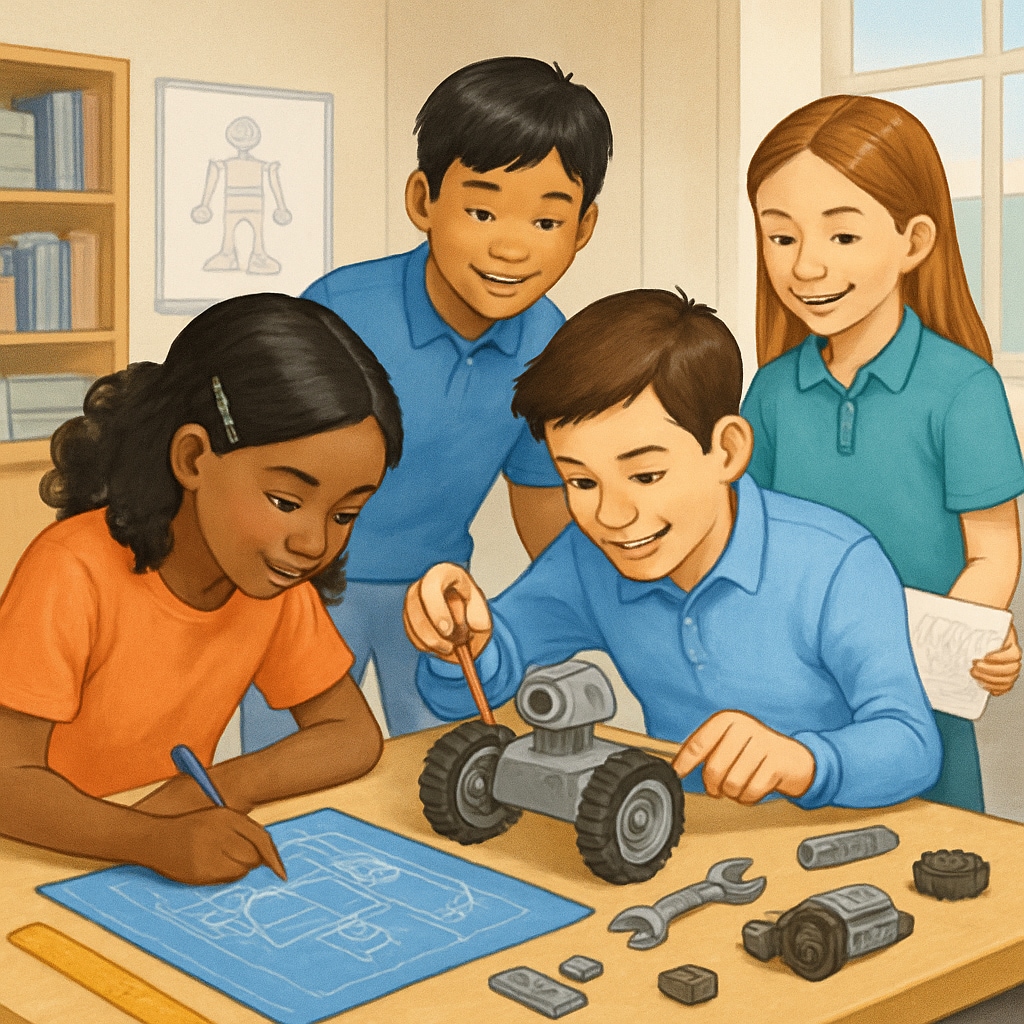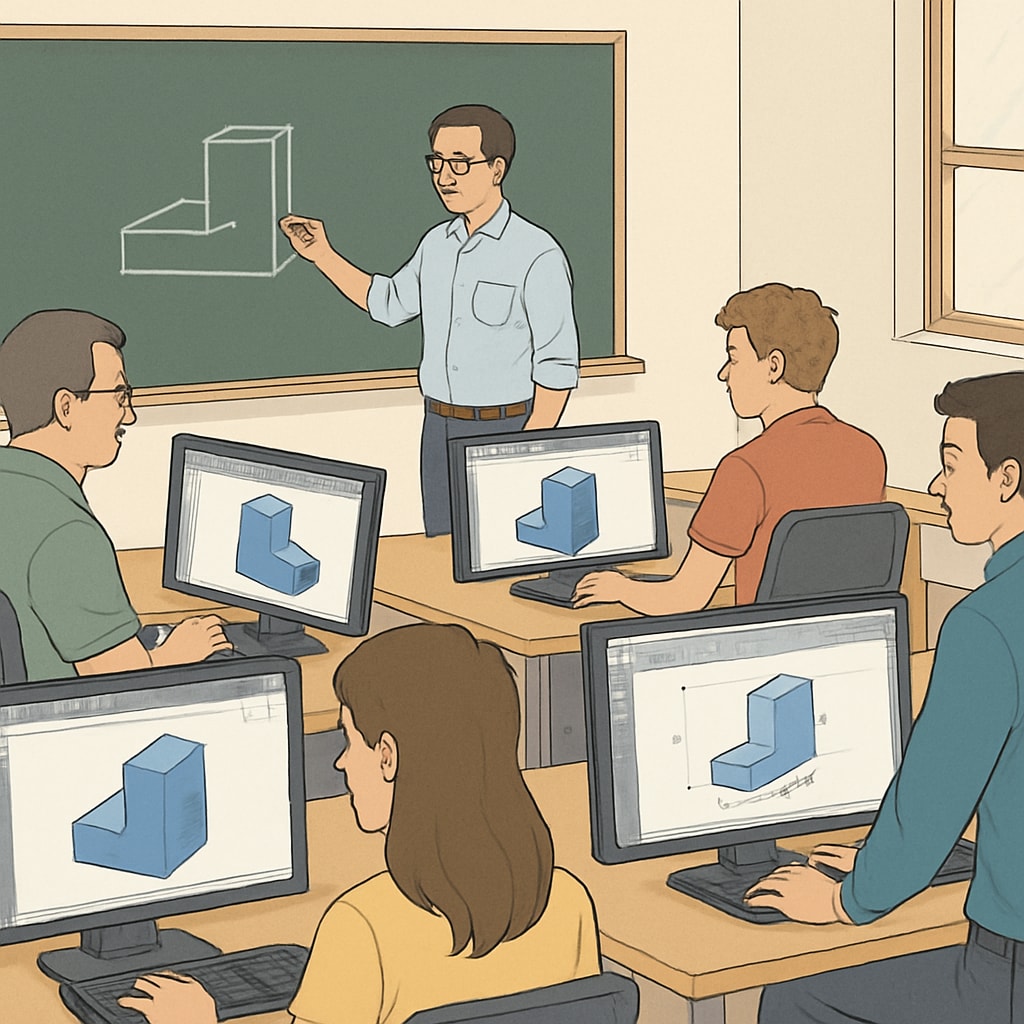Design engineering degree choices are pivotal in shaping a student’s career trajectory. For K12 students, early exposure to STEM (Science, Technology, Engineering, and Mathematics) concepts and personalized academic guidance can significantly influence their professional development. By understanding the advantages and challenges of different academic pathways, educators and parents can empower students to make informed decisions tailored to their interests and strengths.
Understanding the Role of K12 Education in Career Preparation
K12 education serves as the foundation for a student’s future academic and professional journey. During these formative years, students acquire critical thinking, problem-solving skills, and an understanding of core subjects that are essential for pursuing advanced degrees in design engineering. For example, a strong grasp of mathematics and physics can open doors to engineering disciplines, while creative courses like art and design foster innovation.
Moreover, integrating project-based learning and extracurricular STEM activities into K12 curricula can ignite a passion for engineering and design. Programs such as robotics clubs, coding workshops, and environmental design projects provide hands-on experiences that help students visualize real-world applications of their skills.

Choosing the Right Design Engineering Degree Path
When it comes to pursuing a degree in design engineering, students and their families face several options. Common academic pathways include:
- Bachelor’s Degree in Design Engineering: A four-year program offering a solid foundation in engineering principles, CAD (computer-aided design), and materials science.
- Specialized Associate Degrees: Shorter programs focused on specific aspects of engineering, such as manufacturing design or product development.
- Dual Degrees or Interdisciplinary Programs: Combining engineering with other fields like business or environmental studies to broaden career opportunities.
Each pathway has its pros and cons. For instance, a bachelor’s degree typically provides more comprehensive training and opens doors to higher-paying positions, but it requires a greater investment of time and resources. On the other hand, associate degrees may offer quicker entry into the job market but with limited career advancement opportunities. Dual-degree programs can be ideal for students interested in both technical and managerial roles.

Aligning Degree Choices with Career Goals
To ensure that students select the most suitable degree path, it’s vital to align their academic choices with their long-term career goals. Here are some strategies to consider:
- Conduct Career Assessments: Tools like aptitude tests and personality assessments can help students identify strengths and interests related to engineering and design.
- Explore Emerging Fields: Design engineering is evolving rapidly, with opportunities in areas like sustainable design, aerospace engineering, and artificial intelligence. Keeping up with industry trends can guide students toward future-ready careers.
- Seek Mentorship: Connecting with professionals in the field can provide valuable insights into the realities of specific career paths.
In addition, internships and job shadowing during high school can provide firsthand experience and reinforce a student’s decision to pursue a particular area within design engineering.
Preparing for Lifelong Learning and Career Growth
The journey doesn’t end with a degree. Design engineering careers often demand lifelong learning to stay updated with technological advancements and industry standards. Encouraging students to adopt a growth mindset and consider postgraduate education, certifications, or professional development programs is essential.
For example, certifications in software like AutoCAD or SolidWorks can enhance employability, while master’s degrees in specialized fields like biomedical engineering or industrial design can lead to leadership roles. Parents and educators should emphasize adaptability and continuous learning as key elements of career success.
Conclusion: Design engineering degree choices are not just about academic pathways—they’re about shaping a student’s future. By fostering curiosity, providing guidance, and introducing real-world applications during K12 education, educators and parents can help students confidently navigate their options and achieve their career aspirations.
For further reading, explore resources such as the Engineering Education on Wikipedia and Engineering Overview on Britannica.


